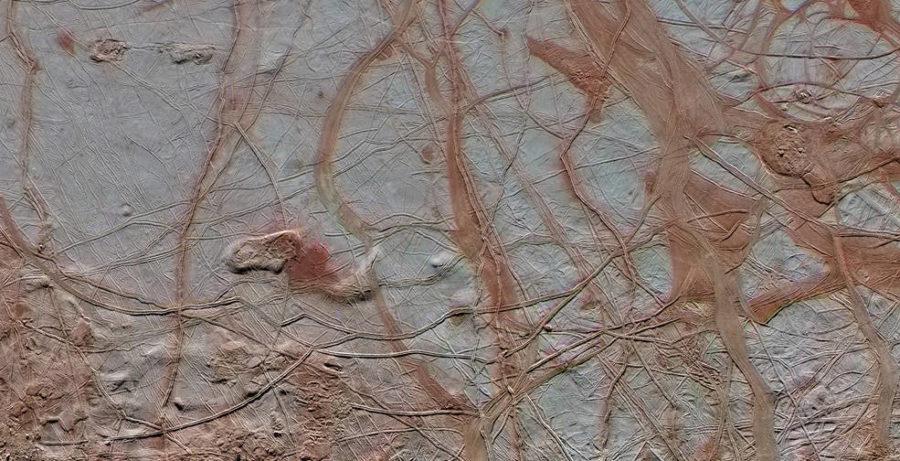Jupiter’s Moon Shows Signs of Future Life
Based on recent research, Jupiter’s Moon, Europa, may have earth-like features to make life possible.
May 18, 2016
Earth scientists currently study Jupiter’s moon, Europa, within its atmosphere along with life on planets. While doing so, they have found that the ocean’s oxygen and hydrogen levels on Europa reveal a striking comparison to those of present-day Earth. Scientists believe that Europa is hiding a deep, salty liquid underneath its icy layers, however it is composed of acids which release toxins, making the environment currently uninhabitable.
The most apparent solution towards possible life endurance on the moon is if it maintains volcanic activity, similar to other neighboring moons within the solar system. According to NASA scientist Steve Vance, fractures in the moon’s rock would “ balance the oxidants in a ratio comparable to that of Earth’s ocean,” concluding the possibility of the moon being a livable place.
“It is interesting that there might be proof of life on other planets, or at least a chance there might be,” junior Colette Mendoza said.
With the news-breaking discoveries and continued research on life and the chemical levels making up other planets and moons, scientists are able to gather data and evidence that can employ better understanding towards life outside of Earth’s boundaries.







